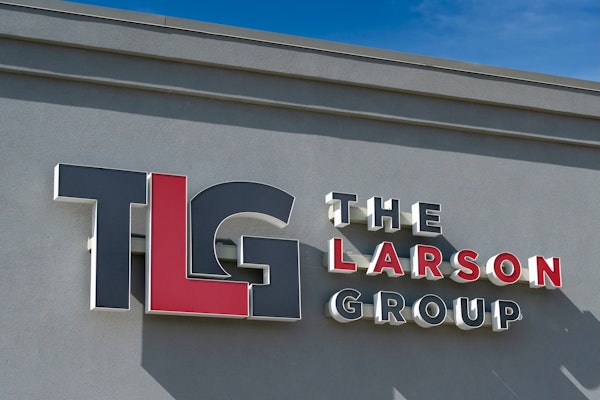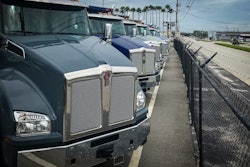Customer loyalty programs are great resources because they help tether customers to a business, says Tom Marx, president and CEO at The Marx Group.
Good businesses have loyal customers. Loyalty programs reward those customers for their dedication and help motivate sporadic customers into more activity.
Marx attributes this customer behavior to a perception of value. Customers believe signing up for a loyalty program will offer them some type of benefit in addition to the current prices and services they receive.
Marx says this is a necessity — customers can become disenchanted by a business that offers a hollow program — and can be accomplished any number of ways.
The most common method in the retail world is through discounts.
Like a sales push, a good loyalty program should use well-placed discounts to help draw in customers and increase overall sales revenue.
A fractional discount offered to a loyal customer base can be recouped by higher overall sales. And when loyal customers are privy to discounts and lower prices, their odds of returning business grow even higher, Marx says.
“People like thinking they are getting something of value; more than just the product or services they are buying,” he says. “They view it like you’re giving them a reward for staying loyal to you.”
Loyalty programs also provide a wealth of information about customers, which can be used for marketing.
Customers in loyalty programs are not anonymous. They should be required to register to join and be given an identification number. The latter is especially important, because it allows a business to track a customer’s purchasing trends.
“Our customers really respond to our loyalty club,” says Jim Reed, vice president of truck service marketing and recruiting at TA/Petro. “And when they’re active it allows us to identify [their] buying behaviors.”
A customer who relies on a supplier for specific product categories may not appreciate discounts for other components. But by simply checking the customer’s purchase history, a supplier can identify that customer’s exact needs and only send them marketing information relevant to their operation.
Customer purchasing information also can identify the best times to send marketing campaigns.
Marx says email is a great tool for this because it allows businesses to send a focused message to large groups of like-minded customers at one time.
“Every time we work with a business we advise them to start capturing email addresses to send out email blasts,” he says. “Communicating with customers is so fundamental to customer service, and email allows you to reach everyone. You can’t talk on the phone or physically visit all of your customers at one time.”
And because of their partnership, loyalty program members are usually quick to provide feedback that can benefit both sides, says Reed.
“What’s nice about our loyalty club is we have a very good customer base to reach out to, and they will let us know when we drop the ball or do things right,” he says.
And Marx says the retail world’s tendency to bombard customers with sales emails shouldn’t stop aftermarket businesses from using a similar approach.
There’s no need for daily marketing emails, he says, but well written and carefully assembled marketing literature is something loyal customers crave.
“If you can give them what they want it’s a win-win for both sides,” he says.
Also, because the online world is infinitely traceable, businesses can use data analytics to identify how each customer responds to online marketing and how their response corresponds to sales.
Ultimately, Marx says this allows a business the ability to develop a best practice for reaching each loyal customer.








